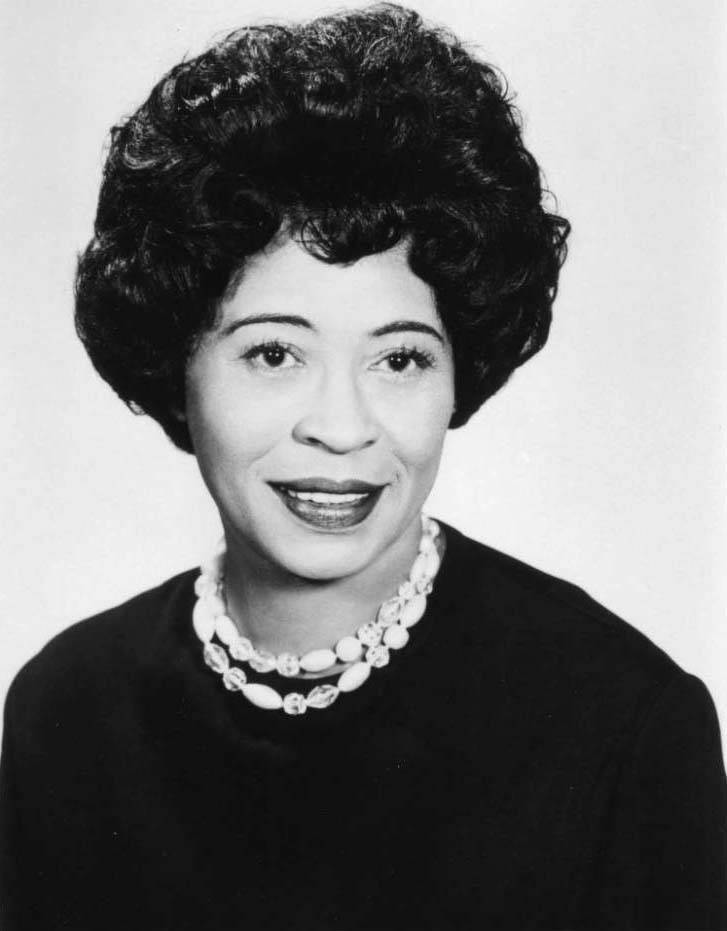Factual Friday: Daisy Bates
Most of us are probably familiar with the Little Rock Nine, the first group of Black students to attend, and integrate, Little Rock Central High School. However, it wasn’t until today that I learned who was the brains behind this movement. Buckle up ladies, today we’re learning about the life and legacy of the courageous Daisy Bates.

(Photo credits to blackpast.org)
Daisy’s dedication to the Civil Rights Movement was in part, to avenge her mother who was murdered under racist pretenses. When Daisy was 15 years old, she and her (future) husband moved to Little Rock, AR and started their newspaper entitled, The Arkansas Weekly. At the time this was one of the only Black run newspapers that concentrated on the Civil Rights Movement and it was distributed throughout the entire state with Daisy at the forefront as editor of the paper.
In addition to being editor of The Arkansas Weekly, Daisy was the president of the Arkansas chapter of the NAACP for many years. When the Supreme Court ruled segregated schools to be unconstitutional, Daisy immediately started to take action. Unfortunately, integrating schools was met with a lot of resistance, especially from the governor of Arkansas at the time, so this is why Daisy had to step in. Daisy selected the students to be a part of the Little Rock Nine, drove them to school and worked to protect them from the prejudice and violence they faced. Her house even served as the headquarters for battling segregation in Little Rock; on the Little Rock Nine’s first day of school, they all met up at Daisy’s house. Daisy was so invested in the Little Rock Nine that she even joined Central High School’s parent organization.
It is unclear whether this was due to Daisy being a target of intimidation or low advertising revenue (my guess is a combination of both), but The Arkansas Weekly had to close in 1959. Daisy didn’t let that stop her from writing however; she went on to publish, The Long Shadow of Little Rock only a few years later. In the following years she worked for the Democratic National Committee, worked on anti-poverty projects under Lyndon B. Johnson, won the American Book Award and, “was invited to sit on the stage during the program at the March on Washington for Jobs and Freedom in 1963. Due to a last-minute change, Bates was invited to speak at the march. (womenshistory.org)”
Daisy’s pursuit to better her community and country was nothing short of righteous. Considering how she fought to make education more accessible for minorities, I really wish we had learned more about her in school. This is why it was important to me to share some of Daisy’s story with you today; Daisy’s work led to justice in education, a privilege so many of us get to enjoy now.
And with that, I wish you all a Factual Friday and a fun weekend!Xoxo,
Zoe
Sources:
https://www.womenshistory.org/education-resources/biographies/daisy-bates



Comments
Post a Comment